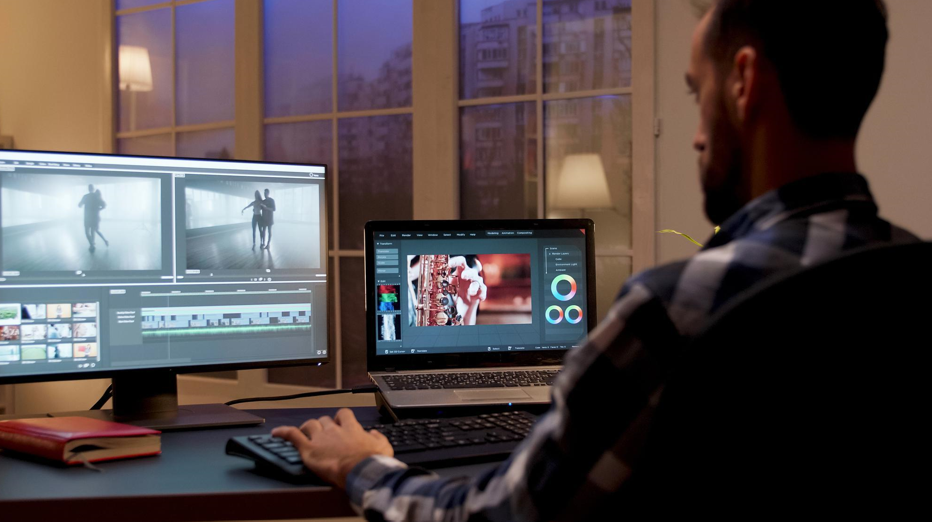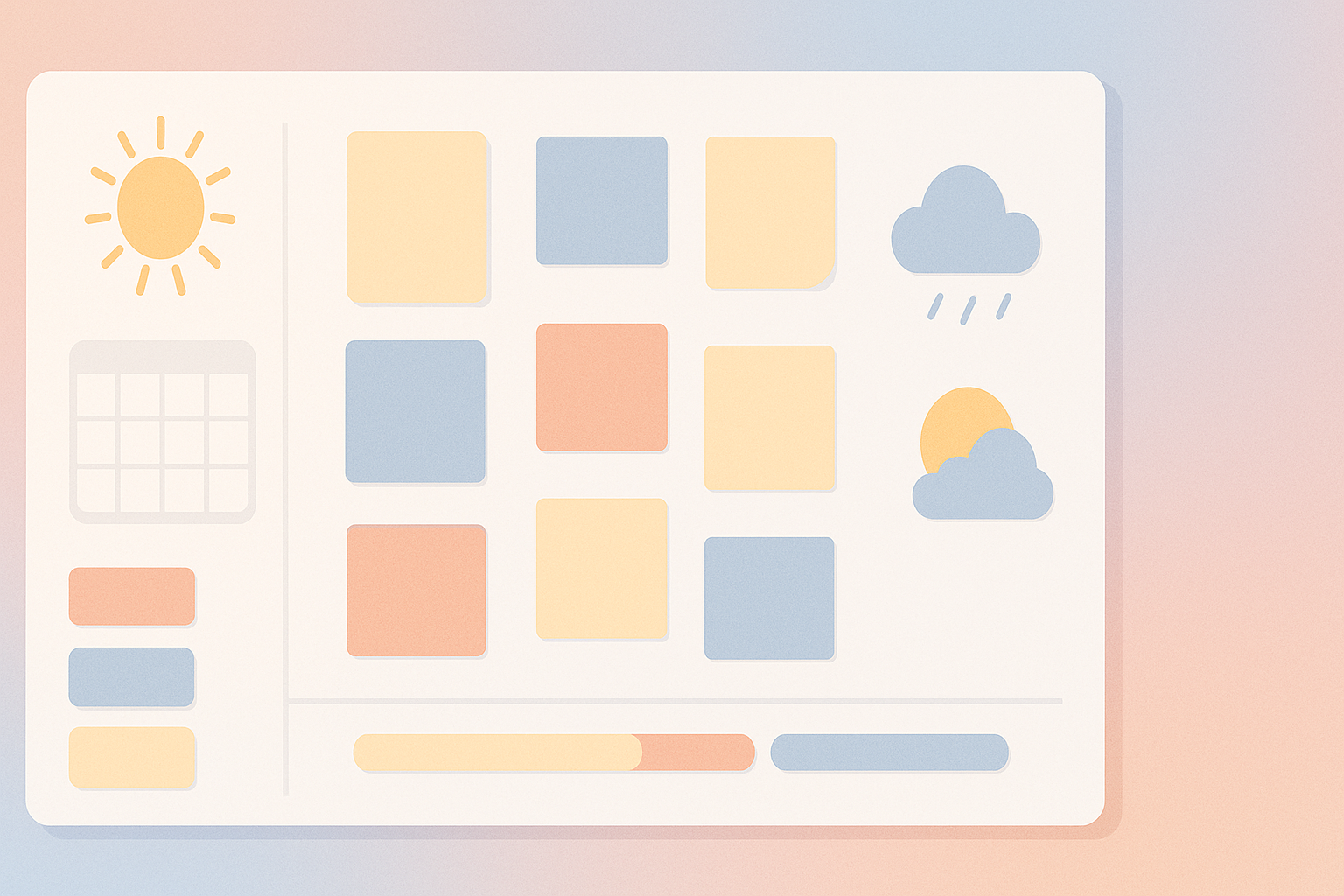Implementing innovative product ideas, gaming concepts, or architectural designs requires translating imaginative visions into tangible 3D models. Highly skilled 3D artists make the leap from abstraction to reality. They digitally sculpt captivating characters, transportive environments and functional objects encompassing intricate details at any desired scale. The collaborative efforts of graphic designers, 3D artists and game app developers digitally sculpt captivating characters, transportive environments and functional objects encompassing intricate details at any desired scale. Finding exceptional talent to realize ambition with polished pixels visually is invaluable yet challenging. We explore sourcing standout creatives to showcase and evolve ambitious thinking.
Key 3D Art Expertise
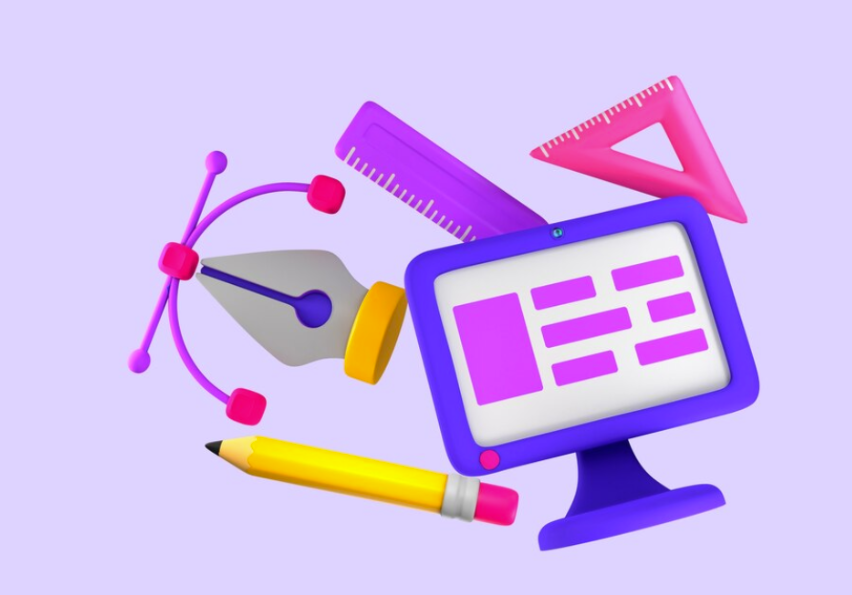
A spectrum of complementary specializations combines realizing intricate digital art spanning concept ideation to final asset delivery. As 3D artists for hire build crossover abilities between domains, four key artist profiles lead production:
Environment Artists
Construct expansive 3D worlds encompassing architecture and landscape elements – from lush recursive nature scenes to towering futuristic cityscapes with thousands of meticulously modeled modular props. They focus on spatial experience, lighting and visual storytelling. Mood, style and deliberate environmental details reinforce the intended gameplay and overarching narrative.
Subject mastery that affects 3D model price includes architectural visualization, generating terrain and foliage, set dressing repetitive assets across large playable areas. Proficiency with procedurally distributing vegetation and structures matters greatly. Optimizing polygons and draw calls also accommodates hardware constraints.
Character Artists
Sculpt highly stylized photorealistic 3D heroes, creatures, vehicles and architecture based on concept art direction. Developing distinctive personalities reflected through creative designs breathes life – encompassing detailed facial rigging for emotive expressions. Ensuring intuitive animation potential takes digital doubles beyond static models for cinematics, VR or real-time gameplay.
Given the virtual reality headset shipments in the coming years, this field will remain profitable.
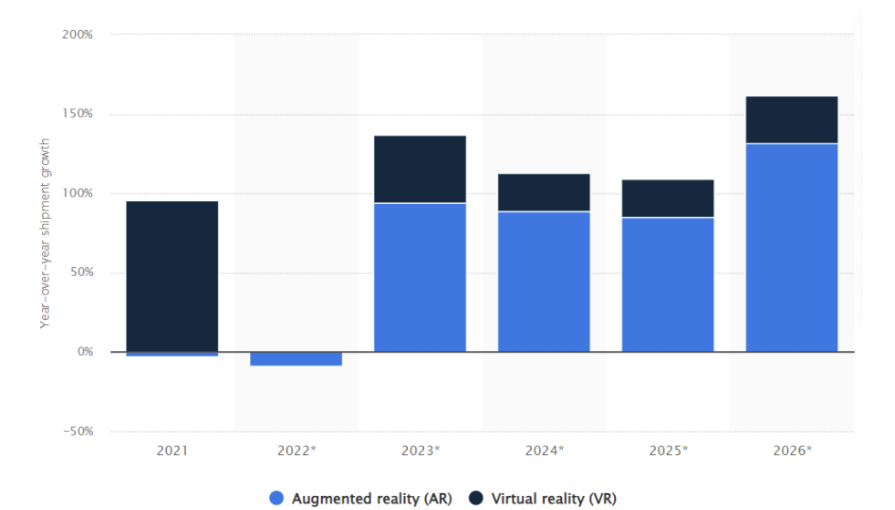
Deep knowledge of anatomy, both human and animal, builds authenticity. Attire, gear and accessories boost individuality. Smooth low polygonal topology permitting posing and motion, along with multilayered texture painting to convey details. Expert accessory modellers enhance uniqueness through hairstyles, weapons, etc.
Hard Surface Modelers
Construct mechanical models focusing on technical accuracy – whether weapons, vehicles, or spaceships. Moving parts, worn materials, and functional details evoke realism in even the most fantastical subjects. References aid precision.
Robust subdivision topology approximation skills add realism to hard surfaces that deform naturally around junctions. Procedural material variation via tileable photo textures boosts authenticity. Detailing extends into the scene through debris and tracks. Prop modelers create complementary minutia.
Generalists
While mastering multiple disciplines takes years, generalists can capably traverse the environment, character, and prop art for small teams that need wider flexibility with less elaborate specialized outcomes. Being Adaptable matters.
They art direct broad aesthetic alignment and occasionally step into focused roles. Strong lighting, composition, and a value understanding tie heterogeneous efforts. Generalists shine better in stylized projects, allowing creativity over realism.
Top talent marries strong technical competency with innate artistry. Their personal flair for materials, forms, and atmosphere, based on sound architectural principles, breathes soul into digitally sculpted canvases. However, specialized skills still dominate studios.
Where To Find 3D Artists
Specialized talent congregates in these prime communities beyond generic program skill tags on broad platforms:
—Online Marketplaces – Contracting sites like Upwork and Fiverr host searchable listings of artists across specialties, experience levels and regions for remote engagements. Easy profile browsing.
—Freelancer Networks – Direct artist connections form via LinkedIn, Twitter and Instagram through relevant hashtags and group discussions. Quality varies greatly, though.
—Staffing Agencies – Specialized creative recruiters like Kevuru or Creative Circle maintain curated access to pre-vetted talent through managed services for both temp and long-term projects. Hourly or retained engagements offered.
—Artist Communities – Platforms like ArtStation and CG Society showcase portfolio works in progress for direct artist connections and interactions pre-hire. Great for nurturing relationships.
Evaluating Artist Portfolios
With 3D traversing vast creative frontiers, carefully examine bodies of work showcasing required styles and technical competencies. Look for:
Consistency
Cohesive projects demonstrate a defined personal or studio look through color palettes, texture choices, and shape languages, creating recognizable artistic signatures. Define the intended aesthetics – realistic, stylized, etc.
Range
Masterfully handled a diversity of subjects like creatures, landscapes and architecture with personalized interpretations indicative of flexibility. Complex hard surface forms differ from organic modeling needs.
Composition
Balanced, intentional camera work and visual focus, not just isolated model quality. This includes framing, depth of field, lighting and atmospheric factors equally contributing to mood.
Craft
Excellent technical skills, breathing life through delicate surface details, personality-enhancing touches and finessed finishes. Foundation artistry separates ordinary from outstanding. Distinct style should shine through.
Process
Production capabilities – speed, prototyping, optimization and scaling strategies for ambitious quality targets, not just individual efforts. Assess asset complexity and turntimes.
Ideally, combine written proposals and portfolio reviews with collaborative concept art sharing to tangibly convey intended complexity, animation goals and creative direction for the project.
Test tasks focused on quality over speed demonstrate capability following constraints and aligning with brand spirit. This also nurtures trust and working relationships before major contracts.
Thorough reference checks with past clients offer insights into work ethics, communication and reliability beyond just capabilities.
Interview Best Practices
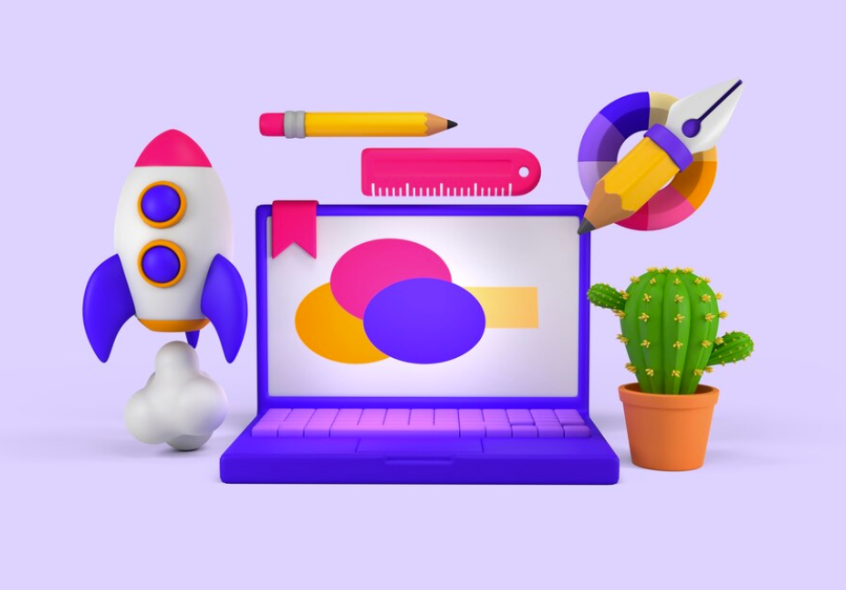
Discussing approach before hiring better gauges team fit and sets transparency foundations. Explore:
— Creation Process – Typical workflows around complex scenes, modular assets and creative explorations. This highlights specialties.
— Tools Proficiency – Modeling and texturing software mastery and preferences balancing aesthetics and performance. Study any holes.
— Collaboration – Comfort receiving creative feedback, explaining constraints and clarity around reasonable revisions.
— Production Capabilities – Speed, optimization and scaling strategies for ambitious quality targets, not just individual efforts.
— Communication – Personality fit confirmation, discussion styles and information-sharing protocols.
Consider small paid trial tasks focused on quality over speed to demonstrate capability following constraints and aligning with creative spirit. This also nurtures trust and working relationships.
Contracting Successful Partnerships
Aligning documented expectations upfront sustains positive multi-month engagements:
— Defined Deliverables – Milestones listing required assets like character models, modular environment kits, specialized props, etc., on a timeline.
— Payment Schedule – 50% upfront for work commencement, 50% on satisfactory delivery is common. Define targets.
— Licensing Terms – Clearly indicate asset ownership constraints for reselling limitations or perpetual use rights.
— Iteration Cycles – Build formal feedback loops for transparent creation stages, not just end results. Regular touchpoints.
— Scope Flexibility – Accommodate reasonable modifications in early phases before finalization commitments.
Smooth engagements require nurturing mutual creative connections that respect artistic process while guiding it towards intent.
With deeply resonant worlds and inhabitants waiting to be visualized, skilled 3D artists who carefully progress selected ideas from imagination into polished pixels are invaluable partners. Taking stock of specialties while evaluating prospective talent grounds implementations, in reality, realizing visions that inspire.
Published: April 6, 2024

